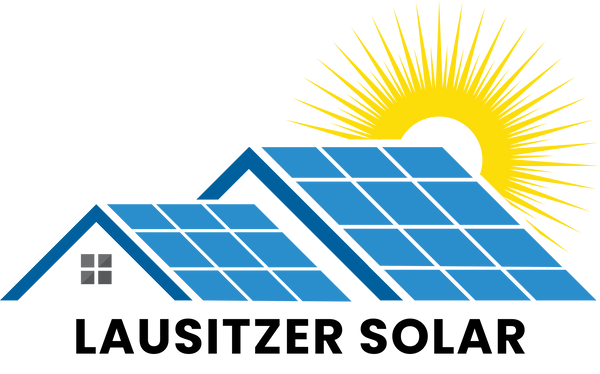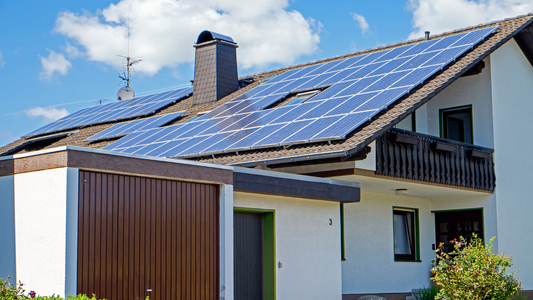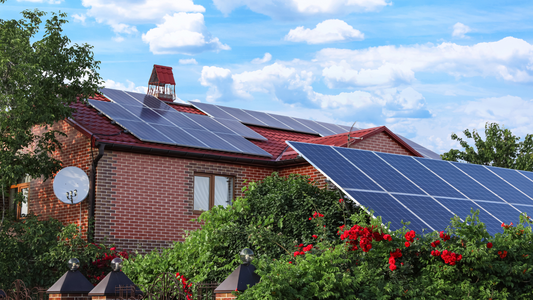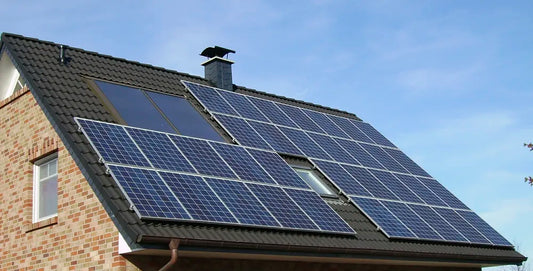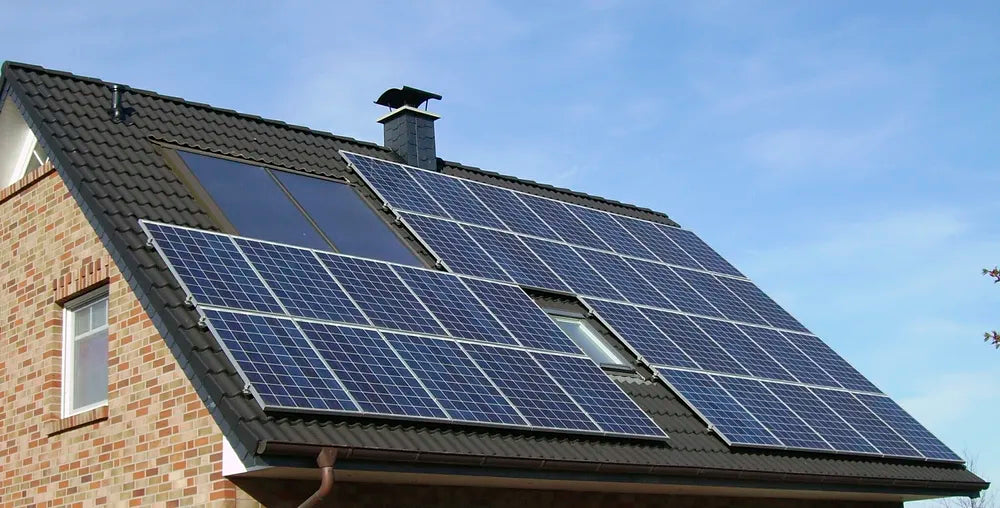
Photovoltaics for single-family homes: What should homeowners pay attention to?
More and more homeowners in Germany are choosing to install photovoltaic systems to both reduce their environmental impact and their electricity costs. The benefits of solar energy are clear: independence from rising electricity prices, sustainability, and long-term savings. But before you have your own photovoltaic system installed, there are a few important aspects you should consider to get the most out of this investment.
1. Basic planning: Is your roof suitable?
The first question you should ask yourself is whether your roof is suitable for a photovoltaic system. A solar system works best when installed at an angle of approximately 30 to 40 degrees and facing south. While a south-facing orientation is ideal, systems facing east or west can still perform well. It's important that the roof has as little shade as possible, as shade can significantly reduce the system's efficiency.
2. What size should the system be?
The size of your photovoltaic system depends heavily on your electricity consumption. For an average single-family home, a system with an output of 5 to 10 kWp (kilowatt peak) is usually sufficient. 1 kWp corresponds to approximately 6 to 10 square meters of module area. A well-sized system can cover up to 80% of a household's annual electricity needs. It's important to consider future electricity consumption trends—for example, the purchase of an electric car or a heat pump.
3. Own consumption and feed-in to the grid
One of the biggest questions when deciding on a photovoltaic system is how much of the generated electricity you can use yourself and how much will be fed into the grid. Self-consumption of solar power has become increasingly attractive in recent years, as the feed-in tariff (EEG) for surplus electricity has continuously declined. The focus is therefore increasingly on using as much of the self-generated electricity as possible directly in the household – for example, through the use of battery storage systems, which allow the electricity generated during the day to be used at night as well.
4. Battery storage: Is the investment worthwhile?
Battery storage systems are a popular addition to photovoltaic systems because they can significantly increase self-consumption. They store excess solar power that isn't used immediately and make it available at a later time—for example, in the evening. The advantage: You need to draw less electricity from the grid, which further reduces your electricity bill. However, battery storage systems are an additional investment that should be considered in your overall planning. The costs depend on the storage capacity and the individual needs of the household.
5. Funding opportunities and financing
The German government offers a variety of funding programs to support the installation of photovoltaic systems and battery storage. The Federal Funding for Efficient Buildings (BEG) and KfW loans are two of the most important instruments that can help you reduce the initial costs. These programs offer low-interest loans and repayment subsidies, which vary depending on the size of the system and the efficiency of the components used.
6. Choosing the right components
There are numerous options when selecting the right photovoltaic modules and inverters. It's important to pay attention to the quality and performance of the components. While there are hardly any "bad" modules on the market, the options vary considerably in terms of efficiency, warranty, and service life. Consult your installer and carefully compare different offers.
7. Installation and maintenance: What to consider
Once you've decided on a system, professional installation is crucial. Make sure the installer performs all necessary work, including grid connection registration and coordination with your grid operator. It's also advisable to familiarize yourself with maintenance requirements. Although photovoltaic systems generally require little maintenance, regular checks should be conducted to ensure the system is functioning optimally.
Conclusion
Installing a photovoltaic system on a single-family home is a wise investment in the future. In addition to the direct savings on electricity costs, homeowners also benefit from the ecological advantages and the contribution to the energy transition. However, it is important that the system is carefully planned, the right size and components are selected, and all funding opportunities are utilized. With a well-planned and installed system, you can produce clean electricity for decades and drastically reduce your energy costs.
